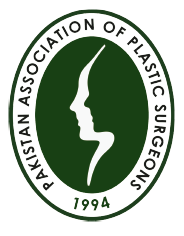OBSTETRIC BRACHIAL PLEXUS PALSY
It is defined as a flaccid paresis of an upper extremity due to traumatic stretching of the brachial plexus received at birth it has two main types
- Upper brachial plexus involvement ( Ergs palsy ); pain and weakness in arm, limited motion in the shoulder, bicep, elbow, forearm, wrist, or hand causing the “waiter’s tip” deformity.
- Complete brachial plexus involvement ( Klimke’s palsy ) ; arm flail and pale, weakness in the muscles of the forearm or hand. “Claw hand,” a severe symptom in which the forearm lies flat but the wrist and fingers are tightened, drooping of the eyelid on one side of the face (Horner’s syndrome )
SYMPTOMS
Numbness or tingling or pain in their arm, hand, or fingers, Inability to lift their arm above their head
Unable to bring objects to their mouth
OPERATIVE PROCEDURE
If no recovery within three month, then surgical exploration brachial plexus repair ( neurotization , nerve repair, and tendon transfer) is required
FAQS
1. Which newborn is most at risk for a brachial plexus injury?
Breech delivery, Maternal obesity, Larger-than-average newborn (such as an infant of a diabetic mother) Difficulty delivering the baby’s shoulder after the head has already come out (called shoulder dystocia)
2. How many surgeries will be necessary?
Outcome is variable ( good to very poor results), so sometime multiple procedure are required (neurotization , nerve repair, tendon transfer and free functional muscle transfer)
3. What is the approximate duration of the procedure?
Six to eight hours, but it depends on brachial plexus injury and procedure performed.
4. What setup is required for the procedure?
A patient is required for the procedure and usually the patient admits for two to three days.
5. What postoperative care is required after surgery?
Proper splinting and hand physiotherapy for at least three months
Written by : Dr. Afaq Saleem
Copyrights: Pakistan association of Plastic Surgeons

